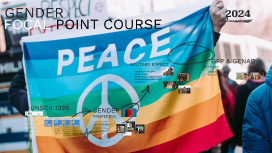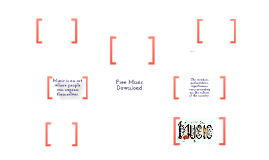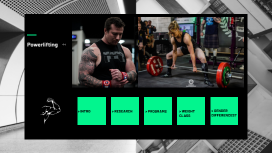WPS
Transcript: Powerlifting > WEIGHT CLASS > INTRO In competitive PL, one of the most common competitive formats is “raw” where SQ, BP, and DL compressive suits, shirts or knee wraps are not permitted, only allowing use of knee sleeves, wrist wraps, and a belt. Powerlifting Deadlift: -chief referee’s arm is in the air, down; - The double overhand grip, mixed grip, hook grip; - Conventional deadlift, Romanian deadlift, Sumo deadlift, single leg deadlift, hex bar deadlift, snatch grip deadlift, deficit deadlift; Squat: - Squat, rack; - Back squat, front squat, pulse squat, kettlebell sumo squat; For competition, back squat is acceptable type of squat. Bench press: -Start, press, rack; Powerlifting is a sport of relative and absolute maximal strength that includes 3 events: the squat, the bench press, and the deadlift. Deadlift Biomechanics How to deadlift? The setup phase The deadlift is one of the best exercises you can do to build muscle and strength. Common mistakes > Barbell Position; > Foot Placement; > Grip Variations; > Hand Placement; > rounded back, excessive lower back involvement, and improper hip and leg drive; > Neutral Spine - head, neck, and back aligned; > Hip Hinge - maximizes the recruitment of the posterior chain muscles, including the glutes and hamstrings; > Grip and Hand Placement; > Bar Path; Squat Biomechanics How to squat? No matter your goals, squats should probably be at the core of your training program. Challenges in squat > Barbell Placement - upper traps and posterior deltoids; > Foot Placement - shoulder-width apart, toes angled outward; > Hip and Knee mechanics - proper alignment of the knees is crucial to prevent excessive stress on the joint and maintain stability > Spinal Alignment - head, neck, and back aligned - a spinal flexor moment - exercises like front squats and leg extensions; - a knee flexor moment - hip thrusts and "push the knees out"; - an ankle dorsiflexor moment - calf stretches, ankle circles, and foam rolling the calves Bench press Setup Pausing How to bench press? Forgotten reverse bench grip > The soft pause; > The sinking technique; > scapulae locked in; > arching the back; > proper foot position - get leg drive while not letting your butt come off the bench in the process > reverse grip bench with a wide grip produces roughly 25-30% more upper pec muscle activation than bench with a pronated grip; > biceps muscle activation was roughly twice as high for reverse grip bench than benching with a pronated grip When someone finds out you lift weights – unless they’re a competitive strength athlete – they’re not going to ask what you squat or deadlift. No, they’re going to ask what you bench. Training frequency > RESEARCH Performance bottlenecks, or “weak points” - Bryce Lewis 700 lbs barrier - sumo - grip A small dose of specific training can result in large gains in strength in short time periods, even in well-trained lifters; 13 studies with a total of 328 subjects Comparison of subjects: - who had 1 to 2 training per week, and 3+ training per week; - untrained and trained subjects; - upper vs. lower body muscle strength development; Study results Average Trained and untrained subjects Review study results Upper vs. lower body Lower frequency groups - 14.65% stronger,; Higher frequency groups - 18.04% stronger Low frequency group Low frequency group Upper body - 1.52% stronger per week Untrained group - 2.50% stronger per week Lower body - 1.92% stronger per week Trained group - 1.49% stronger per week High frequency group High frequency group Upper body - 2.16% stronger per week Untrained group - 3.07% stronger per week Lower body - 2.19% stronger per week Trained group - 1.78% stronger per week The only significant difference was between a frequency of once per week (CI=1.05-1.89% per week) and thrice per week (CI=1.99-3.23% per week), but the overall trend seems to suggest that a thrice-per-week frequency is best. Programs > PROGRAMS Smolov Sergey Smolov - Russian 13 weeks long program; - High volume squatting 4x per week; - For athletes at the highest competition, after developmental training years. Most people would have a hard time with it. Bulgarian Ivan Abadjiev - Naim Süleymanoğlu - Stefan Botev - high-frequency training, which involved training each muscle group several times a day, six days a week Sheiko method Boris Sheiko - numerous sets and repetitions; - variations in intensity; - accessory exercises and variations; - no autoregulation; 5/3/1 program Jim Wendler - four-week cycle; - week 1: 3 sets 5 reps (3x5); - week 2: 3x3; - week 3: 1x5, 1x3, 1x1; - week 4: 3x5 deload; - Each week and each set has a percentage to follow Westside’s Conjugate Method Louie Simmons - variations of the squat, deadlift, and bench press; - improving upon the weaker areas, as well as addressing injuries; How to find the best weight class? The best weight class will be the biggest one you can fill out while still being lean. Athlete has to find the minimum level of body fat that

















